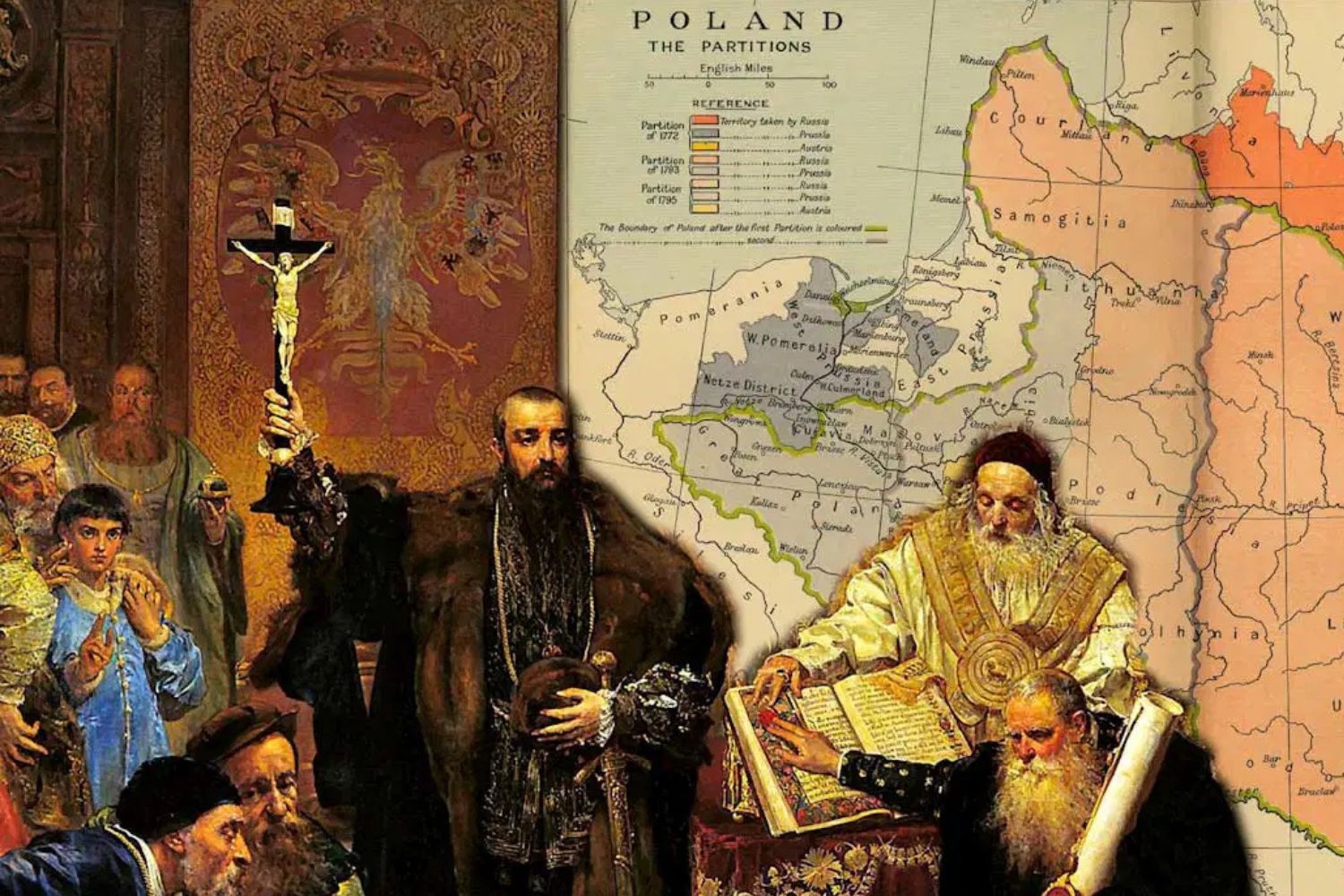
What was the Greater Poland Civil War? The Greater Poland Civil War was a conflict that erupted in the late 14th century, primarily between the Polish nobility and the ruling monarchy. This war was not just a simple power struggle; it was a battle for control over the region of Greater Poland, a significant area in the heart of the country. The conflict saw various factions vying for dominance, leading to a series of battles and political maneuvers. Understanding this war provides insight into the medieval Polish political landscape, the ambitions of the nobility, and the resilience of the monarchy. This period shaped the future of Poland, influencing its governance and territorial integrity. Dive into these 25 facts to uncover the complexities and key events of the Greater Poland Civil War.
Key Takeaways:
- The Greater Poland Civil War was a complex conflict involving dynastic disputes, territorial ambitions, and shifting alliances, shaping Polish history and national identity.
- The war's impact led to population decline, economic disruption, and cultural shifts, leaving a lasting legacy on Polish society and shaping its historical significance.
The Greater Poland Civil War: An Overview
The Greater Poland Civil War, also known as the Polish Civil War, was a significant conflict in Polish history. It took place in the late 14th century and had lasting impacts on the region. Here are some fascinating facts about this historical event.
Key Players in the Conflict
Understanding the main figures involved helps grasp the complexity of the war.
- Władysław II Jagiełło – The Grand Duke of Lithuania who became King of Poland through marriage to Queen Jadwiga.
- Queen Jadwiga – The first female monarch of Poland, whose marriage to Jagiełło united Poland and Lithuania.
- Władysław the White – A claimant to the Polish throne, his ambitions fueled the conflict.
- Siemowit IV – Duke of Masovia, another claimant who played a crucial role in the war.
Causes of the War
Several factors led to the outbreak of the Greater Poland Civil War.
- Dynastic Disputes – The death of King Louis I of Hungary left a power vacuum, leading to rival claims.
- Territorial Ambitions – Nobles and dukes sought to expand their influence and control over Polish territories.
- Political Alliances – Shifting alliances among European powers influenced the conflict's dynamics.
- Economic Factors – Control over trade routes and resources was a significant motivator for the warring factions.
Major Battles and Events
Key battles and events shaped the course of the war.
- Battle of Radom – A decisive battle where Władysław II Jagiełło's forces emerged victorious.
- Siege of Kraków – The capital city was besieged multiple times, highlighting its strategic importance.
- Battle of Płowce – A significant clash that saw heavy casualties on both sides.
- Treaty of Kalisz – An attempt to negotiate peace, though it ultimately failed to end the conflict.
Impact on the Region
The war had lasting effects on Greater Poland and its people.
- Population Decline – The conflict led to significant loss of life and displacement of populations.
- Economic Disruption – Trade and agriculture suffered, leading to economic hardships.
- Political Changes – The war altered the political landscape, with new leaders emerging.
- Cultural Shifts – The blending of Polish and Lithuanian cultures had long-term cultural impacts.
Legacy of the Greater Poland Civil War
The war's legacy can still be felt today in various ways.
- Historical Significance – The war is a crucial part of Polish history, studied by historians and scholars.
- National Identity – The conflict played a role in shaping Polish national identity and unity.
- Monuments and Memorials – Various sites and monuments commemorate the war and its heroes.
- Literature and Art – The war has been depicted in numerous works of literature and art, reflecting its cultural impact.
Interesting Tidbits
Some lesser-known facts add depth to our understanding of the war.
- Female Warriors – Women played roles in the conflict, both as supporters and combatants.
- Secret Alliances – Covert agreements and betrayals were common, adding intrigue to the war's narrative.
- Religious Influence – The Catholic Church's involvement influenced the war's progression and outcomes.
- Foreign Mercenaries – Soldiers from other countries were hired by both sides, highlighting the war's international dimension.
- Enduring Myths – Legends and myths about the war persist, blending history with folklore.
Final Glimpse at Greater Poland Civil War
The Greater Poland Civil War was a pivotal moment in Polish history. It showcased the resilience and determination of the Polish people. This conflict, which took place in the 14th century, was marked by intense battles, shifting alliances, and significant political changes. The war's outcome had lasting effects on the region's political landscape, influencing future conflicts and shaping the course of Polish history.
Understanding the key events and figures of this war provides valuable insights into the complexities of medieval European politics. The bravery and strategic prowess displayed during this period continue to be remembered and studied by historians today.
By delving into the details of the Greater Poland Civil War, we gain a deeper appreciation for the struggles and triumphs of those who fought to shape their nation's destiny. This war remains a testament to the enduring spirit of the Polish people.
Frequently Asked Questions
Was this page helpful?
Our commitment to delivering trustworthy and engaging content is at the heart of what we do. Each fact on our site is contributed by real users like you, bringing a wealth of diverse insights and information. To ensure the highest standards of accuracy and reliability, our dedicated editors meticulously review each submission. This process guarantees that the facts we share are not only fascinating but also credible. Trust in our commitment to quality and authenticity as you explore and learn with us.
